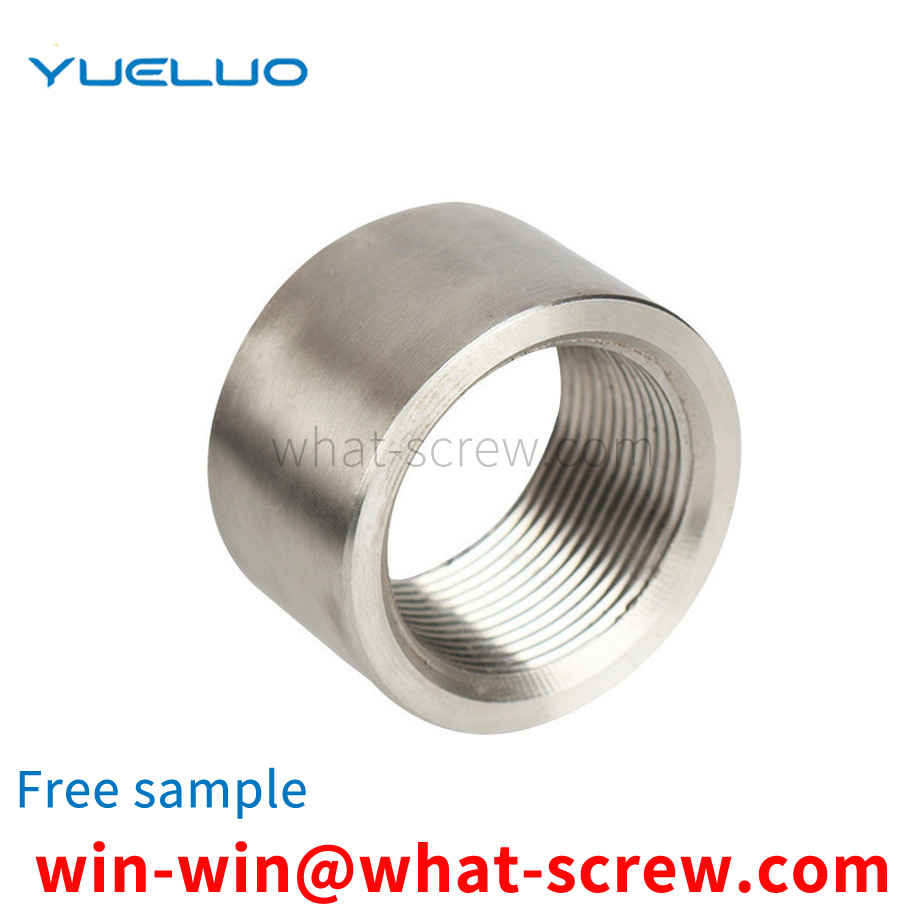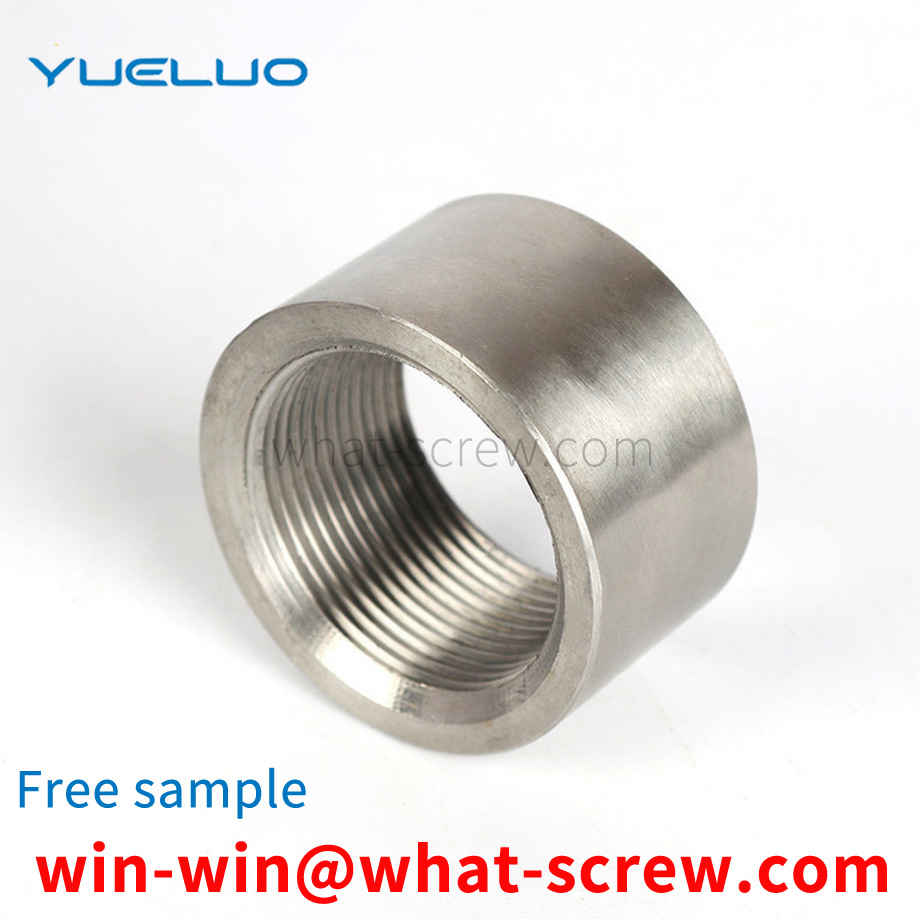1. Standards for fastener product dimensions: specify the content of the basic dimensions of the product; threaded products also include the basic dimensions of the thread, thread end, shoulder distance, undercut and chamfer, and the end of externally threaded parts size, etc. 2. Standards for technical conditions of fastener products. It mainly includes product tolerances, mechanical properties, surface defects, surface treatment, product testing standards and corresponding specific provisions. 3. Standards for screw product acceptance inspection, marking and packaging: specify the qualified quality level and sampling plan of random inspection items during product acceptance inspection, as well as product marking methods and packaging requirements. 4. Marking method standards for standard parts, fasteners, screws and screws: specify the content of the complete marking method and simplified marking method of the product. 5. Standards for other aspects of fasteners: such as standards for fastener terminology, standards for fastener product weight, etc.
Blind hole installation type rivet is a kind of rivet for single-sided riveting. When riveting, special riveting tools, such as pull riveting, rotary riveting, etc., are required. Blind hole installation type rivets are especially suitable for riveting occasions where it is inconvenient to use ordinary rivets to be riveted from both sides. At present, blind hole type blind rivets mainly include rivet blind rivets and blind blind rivets. Most blind rivets of blind hole type contain a lock ring, through which the core rod is locked into the nail sleeve, and there is a common lock ring. Risks of falling off, insufficient clamping force, etc., and the matching relationship of each sub-part in the processing process must be strictly coordinated to ensure the best installation effect; most of the screw-type blind rivets screw the thread through the driving nut to make the nail body or pipe The body is deformed to form a bulge, and the clamping force and anti-vibration ability after installation are much stronger than that of the rivet type, but there are also many sub-parts to drive the nut, mandrel, nail body, tube body, the processing process and the matching of each sub-part When the thickness of the interlayer is different, the fractured part of the core rod is not flush with the interlayer board. For the installation parts with high flatness requirements, air tools are often required to mill them flat.
Material broadcast Cross recessed screws are made of iron and stainless steel. Iron cross recessed screws are also called carbon steel screws. Stainless steel cross recessed screws include stainless steel SUS201 and stainless steel SUS304, and stainless steel SUS316 cross recessed screws.
The commonly used tools for fixing screws on the surface of the workpiece are electric screwdrivers and manual screwdrivers. Both of these screwdrivers manually attach the screws to the bits of the electric screwdriver or manual screwdriver, and then fix the screws on the surface of the workpiece. The screwdriver is inefficient in fixing the screw, and cannot accurately locate the screw fixing point.
The slotted nut mainly refers to the hexagonal slotted nut, that is, the slot is machined above the hexagonal nut. It is used in conjunction with screw bolts with holes and cotter pins to prevent the relative rotation of the bolts and nuts, see GB6178 ~ 6181 and so on.
We have many years of experience in the production and sales of screws, nuts, flat washers, etc. The main products are: hexagonal thick nuts, tamper-resistant screws, thickened plastic washers, sets of pan head screws and other products, we can provide you with suitable fastening products piece solution.



















 Service Hotline
Service Hotline




